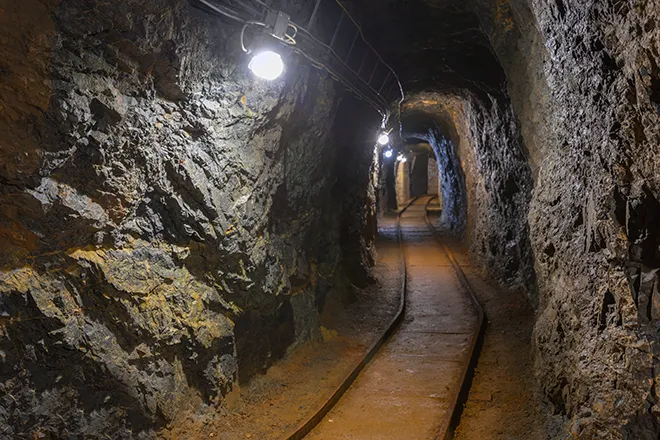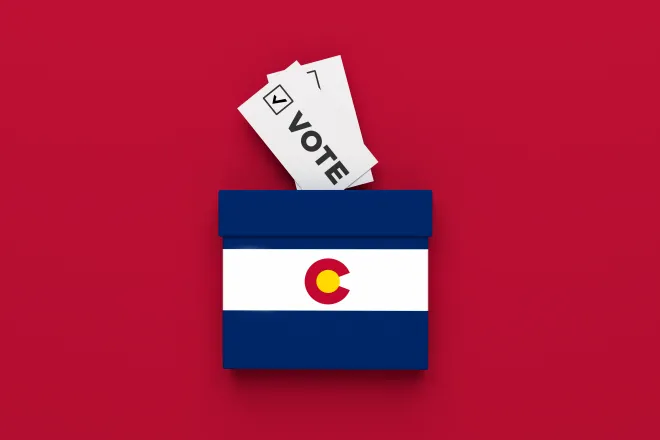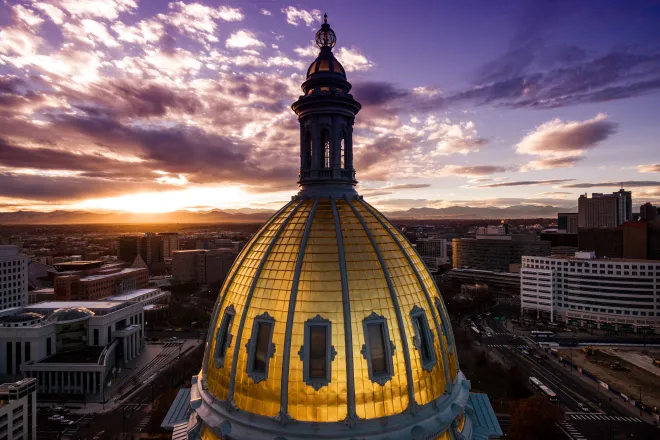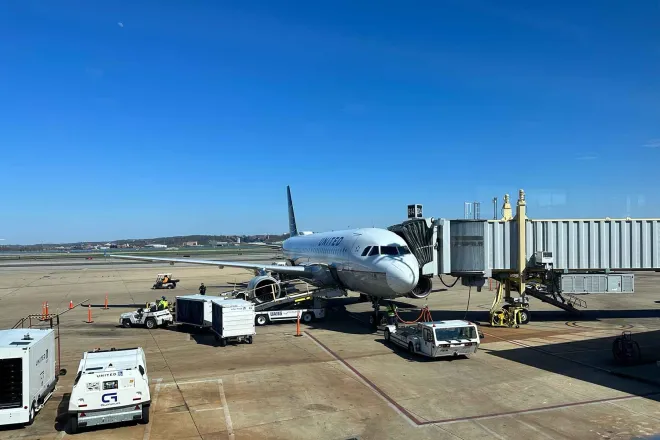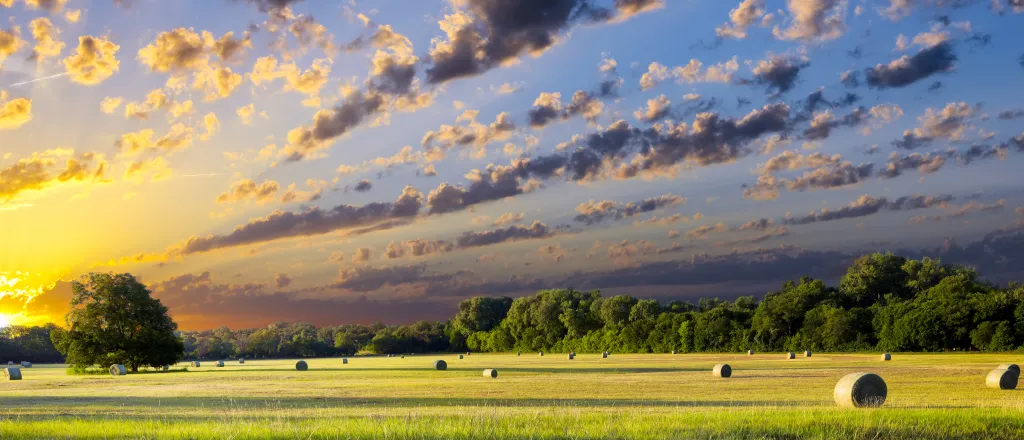
The Yonder Report: News from rural America - October 9, 2025
© Dean_Fikar - iStock-503150251
News from rural America.
Rural grassroots organizers in Arizona band together to take on industrial developers, health care cuts threaten California's homegrown solutions to rural doctor shortages and the Navajo Nation is reshaping the future of its education system.
TRANSCRIPT
For the daily yonder and public news service, this is the news from rural America.
Tucson grassroots organizers are helping neighbors in Benson, Arizona, resist a proposed 200-acre recycling plant by Aluminum Dynamics.
Benson residents worry about a reduced water supply and health impacts from pollution.
Tucson's Chantelle Cambulja with the No Desert Data Center Coalition says it's more than a local issue.
Within all of these fights is this common thread of these billion-dollar companies coming to our communities, taking what they want and leaving us to pick up the pieces.
Operators of the proposed aluminum processing facility requested a meter that would allow almost 400 gallons of water a minute, nearly double the entire city's daily water usage.
Located in the Sonoran Desert, Benson has been in severe drought for three decades.
Local rancher Ashlyn Bloom co-founded the group health over wealth Benson and says her cows and sheep could suffer.
I don't know if we could be a place that gets our water chucked in.
The plant proposal faces multiple hurdles before construction.
Doctor shortages strain rural California's health care and federal budget cuts will likely hinder physician training.
Madeline DeFigurato explains.
The non-profit Healthy Rural California recently launched two residency programs to address the provider shortage.
KFF Health News senior correspondent Bernard Wolfson says they'll train doctors to serve communities long term.
"They try to pick candidates who have shown a strong interest in working in rural medicine."
California's funding to train new doctors could drop by billions as a voter-approved health care tax faces massive cuts under the new federal budget law.
With training programs on the line, hospital closures and service reductions become more likely.
"With fewer residencies, we're training fewer doctors and that jeopardizes efforts to beef up the number of doctors in regions where there are shortages."
I'm Madeline DeFigurato.
Navajo Nation is preserving the Southwestern tribe’s cultural identity by investing more in education.
Banning the states of Arizona, Utah and New Mexico, the self-governing nation appropriated some $175,000 for a textbook written entirely by tribal scholars and published in both English and Navajo.
Professor Wendy Grayeyes at the University of New Mexico is a co-author.
This Navajo government textbook really a chance to update all the big changes that happen from the voices of Navajo people.
Enrollment in university-level Navajo language classes is at an all-time high, but GrayEyes says many secondary-level students still learn from materials that don't reflect their lived realities or the people's history.
When I was in high school, we read a lot of historical work by non-Navajo authors.
So what makes this unique is all of the authors are Navajo.
For the Daily Yonder and Public News Service, I'm Roz Brown.
For more rural stories, visit dailyyonder.com.








